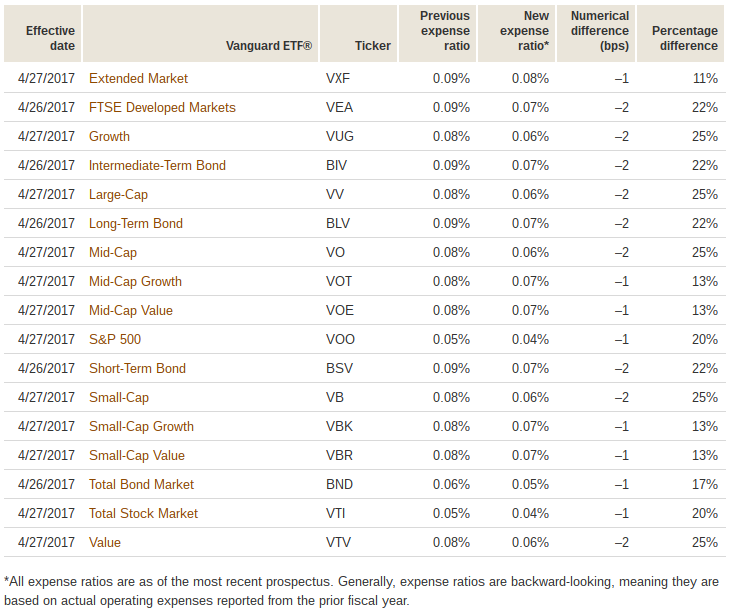The embargo ends.
I’ve avoided him on this blog for the most part, but Donald J. Trump is the 800-pound gorilla in the room universe right now. There’s no sense in being “apolitical” if politics are at the forefront of what’s making markets and to a certain extent, humanity, move right now (whether forward or backward). Thankfully, my point you’ll discover here is one of optimism so no matter who you support I believe the conclusion is something to think about.
*** INFLAMMATORY POLITICAL MUDSLINGING TO FOLLOW ***
Let me be crystal clear: I believe Trump as President is a negative development for mankind. I see no reason to believe anything Donald Trump has said or done is going to be materially helpful at moving America (or the world) forward, let alone your investment portfolio.
Fact: The reason any investment portfolio has steadily grown over past years/decades/centuries is that the world continued to move forward economically and socially. Long-term investors count on the slow churn of higher GDP, increased standards of living and extended longevity, which allow the noise of news and behavioral impulses to be ignored because asset prices continue to increase. Free trade and immigration, among other institutions — key drivers of economic growth — are currently under attack, bringing into question the sustainability of the economic tailwind we’ve enjoyed for centuries. That’s pretty bad.
*** END OF INFLAMMATORY POLITICAL MUDSLINGING ***
The good news: There’s a silver lining.
Put the “fate of humanity” topic aside – the big question in the financial world has been, “if Trump is so bad, why have markets gone up and not imploded?” The answer is two-pronged.
First, checks and balances have provided a baseline stability. It may be that the Constitution was handed down by an alien existence far more advanced than we are, because it’s so perfect. The power of the Presidency is held in check and no single branch of government can easily tank the country. No matter how sinister a single President’s gameplan, or how evil his alleged foreign captors may be, the Constitution provides for a way out. Has there ever been a more important document ever drafted? I don’t think so.
Second, the big reason markets haven’t imploded: Discounted cash flows. Yes, I heard you say “WTF?” from here. Seriously, though, we only need to go to Finance 101 to come to this conclusion. Hang with me on this one. The key takeaway: Markets steadily rising after Election Day make sense when using second-level thinking instead of the “Trump bad, market go down” first-level (shallow) reaction.
Markets are collectively smarter than you or I, and their wisdom is usually realized after the fact. Sometimes they slowly digest and gradually adjust to news and developments within the economy. The simple conclusion I have reached is that markets are pricing in the fact, realized on November 8th, 2016, that somebody other than a bought-and-paid-for, lifelong politician can ascend to the Presidency, which far outweighs the near-term negativity from Trump’s reign as President. The better-than-previously-expected future is more than offsetting the present downside, or, put differently: Markets think this “More Future Outsiders as President” factor is more valuable than whatever damage is expected to be caused in the next four years of Trump.
The bedrock formula in investing says that the price of a security (or stock market) is simply the sum of the present value of future cash flows. This means that the primary driver of today’s prices is the future. Cash flows coming in the near future are valuable to pricing the current value of a security, but the vast majority of what moves the needle is all of the things expected to happen in the medium- to long-term. This is why individual stocks are so concerned with updated earnings outlooks and future growth. For instance, Tesla Inc. has no profits today, but its shares have massive value because expectations for the future are very high.
Apply this concept to the economy as a whole and you’ll see my point. It’s not Donald Trump, per se, that moved the market higher, it was the adjustment required to price in the fact that the status quo had been changed: Our President doesn’t have to rise to power from the cesspool that is modern politics. The cash flows of the future economy (and thus stock market) are now expected to be higher because there is the heightened probability of a competent outsider being elected, one who presumably changes the status quo.
It’s important to state this is only my theory. I simply believe when it comes to future economic growth, money cannot control elections and public policy forever and any development suggesting an increased probability this might be reversed will see positive reactions. I believe we’re seeing this right now. The candidate pool for President just got a whole lot larger, which is a net positive to you, me and our portfolios.
There you have it. In conclusion: Trump — bad. Outsider Presidents in the future — very good.













